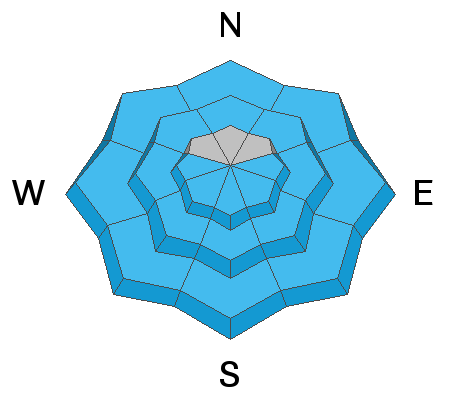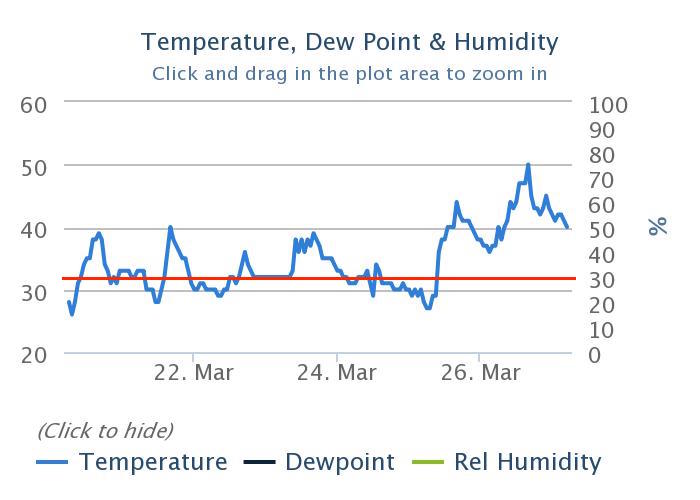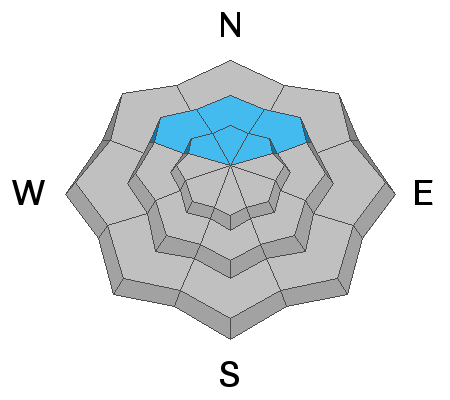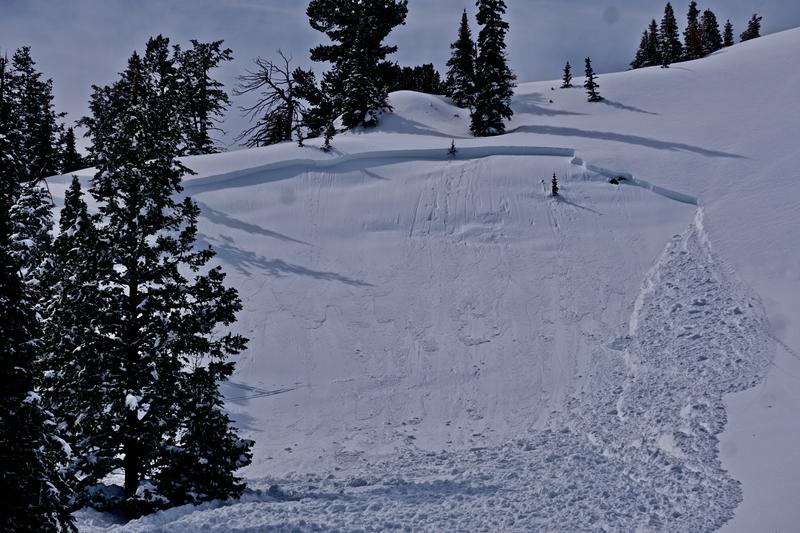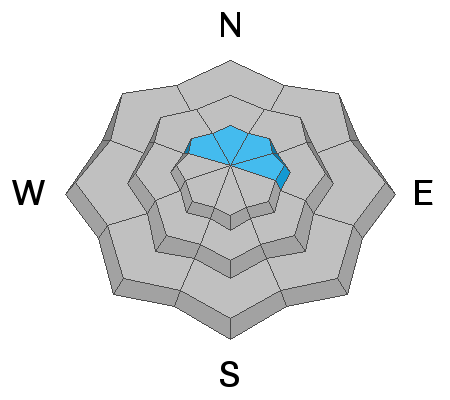Forecast for the Ogden Area Mountains

Issued by Evelyn Lees on
Wednesday morning, March 27, 2019
Wednesday morning, March 27, 2019
The avalanche danger is MODERATE for wet avalanches - both loose sluffs and shallow wet slab avalanches are possible in all steep terrain, except for the northerly upper elevations. The danger of wet snow avalanches will peak during the heat of the day or any periods of more direct sun, and may rise to CONSIDERABLE at the low elevations.
The avalanche danger is also MODERATE on steep mid and upper elevation slopes for triggering a slab of wind drifted snow or storm snow, possibly breaking on surface hoar or facets. These may be triggered at a distance.

Low
Moderate
Considerable
High
Extreme
Learn how to read the forecast here



